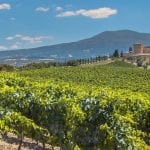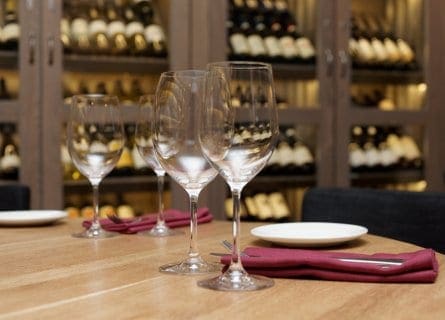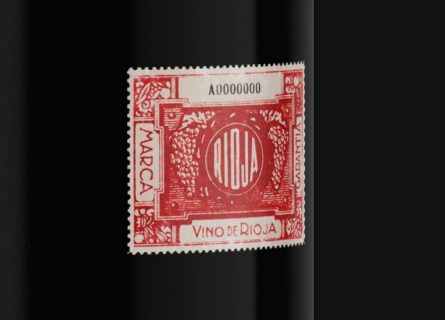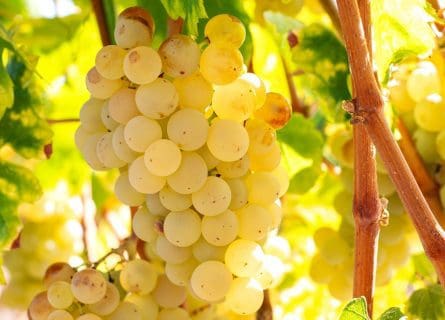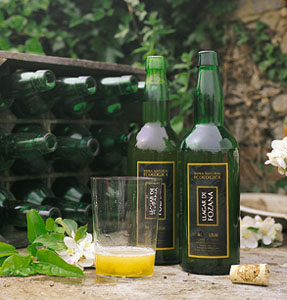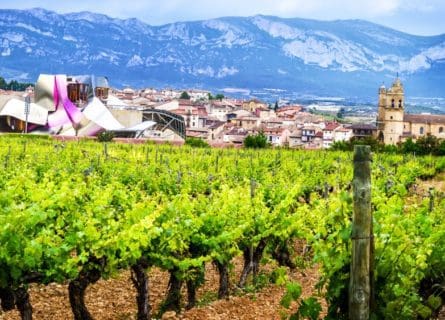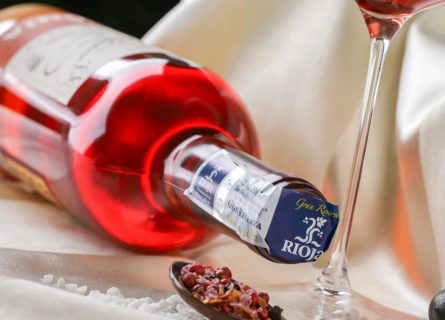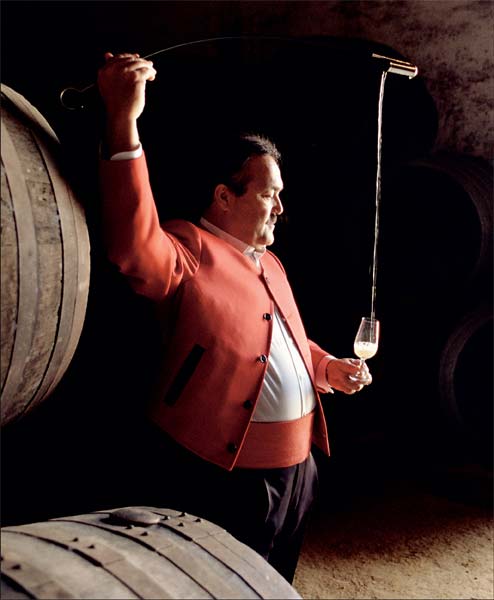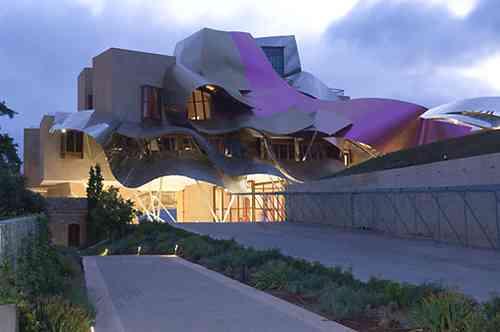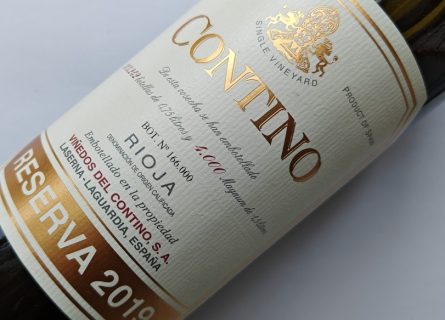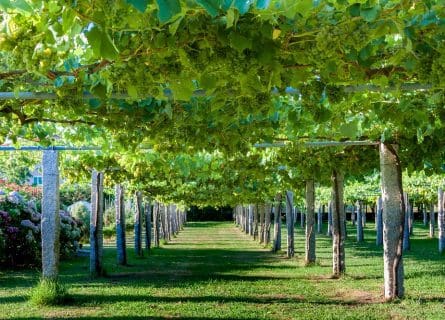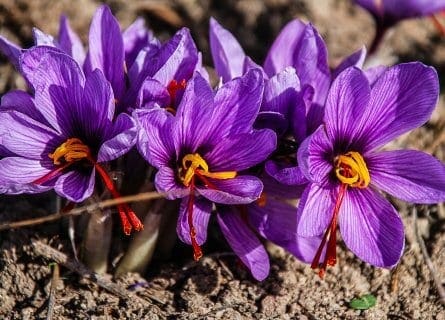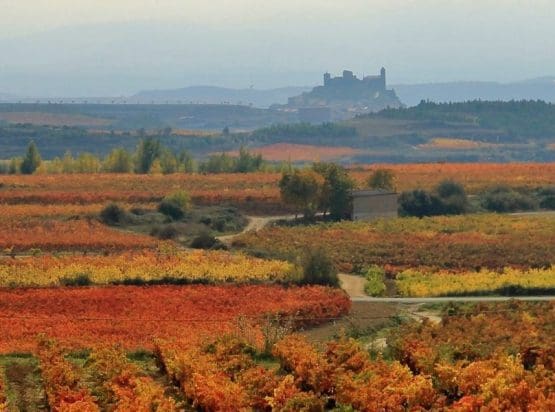
Logroño Travel Guide
A gastronomic journey through Spanish culinary gem in the heart of wine country
Logroño is the capital and central wine hub of the famous and beautiful La Rioja region and is simply a must-visit destination for any wine lover and foodie. Logroño has been the administrative and commercial center of the Riojan wine trade for hundreds of years – wineries have been founded, expanded upon, and changed hands within these walls. Situated on the banks of the River Ebro, it is the largest and most vibrant town in Rioja, with enough interesting and elegant shops, bars, and historical attractions to satisfy the most demanding of visitors! However, the main reason for wandering the streets of this historic city must surely be to enjoy tapas and a glass of Rioja in this vibrant wine city, which has a wealth of restaurants and tapas bars serving the best local cuisine.
Logroño is located in the La Rioja Alta sub-zone, one of the three sub-zones of this historical wine region. It lies close to Rioja Alavesa’s boundaries, mainly in the Basque province of Álava, and to the largest Rioja sub-region – Rioja Oriental. There is a history of vine cultivation in this part of north-eastern Spain that stretches back over a thousand years; indeed, the wines from this region are included in Spain’s oldest Denominación de Origen (appellation). Historians believe that Logroño began its life as a Roman settlement called Vareia, which was situated over 1 Kilometer away from where the current city center is today. However, after the Roman military presence in Spain dissipated with the collapse of the Western Roman Empire in the 5th century AD, Vareia was destroyed by the Gothic tribes of King Leovilgildo in 574.
After the settlement’s destruction, King Leovilgildo allowed the surviving population to construct a new settlement on the banks of River Ebro. So Logroño was re-born as the place we know today. Its importance as a trading and commercial center grew, and this was a relatively peaceful and prosperous time for the settlement. The Germanic Visigoth Tribes controlled parts of Spain until the 8th century and established a capital over ‘Hispania’ in Toledo. However, their control was overthrown with the arrival of the Moors from North Africa in 711, who quickly subdued the population in Andalucía, although parts of northern Spain remained independent.
In the 9th century AD, Logroño and the Rioja region were temporarily captured by the Moors, although the area was subsequently liberated by the Navarran ruler King Ordono over 100 years later. Claims over the territory were disputed between the Kingdom of Navarra and Castile; the region was finally annexed to Castile in the 11th century, although Logroño was ransacked in 1092 as punishment for its loyalty to the Castilian King Alfonso VI. However, Alfonso oversaw the restoration of the city. As a reward for Logroño’s loyalty, he granted its citizens a charter of rights in 1095, including rights to lower taxation and civil liberties.
In the Middle Ages, Logroño became an important economic and cultural center and an essential stop on the Santiago de Compostela pilgrimage route. Since the 10th century, pilgrims have been traveling through Rioja to reach Galicia; with their arrival came cultural development and the emergence of a new merchant class. The region’s wines also gained official recognition and became vital to Logroño’s prosperous economy. Subsequently, in 1635, the Mayor of Logroño banned carriages from passing along the roads near the Bodegas, worried that the vibrations would disturb the wines!
However, during this period, Logroño was also at the center of a long-running feud between the Kingdoms of Castile and Navarra, who wished to re-conquer the valuable Riojan territory. Being Rioja’s unofficial capital, the city was attacked multiple times, although the Navarrans never successfully regained the region’s control. From the 16th to the 18th century, the city expanded considerably – existing churches were enlarged, new civic buildings constructed, and Logroño’s prize Cathedral – Santa Maria de la Redonda – was completed in 1762. In 1787, the Royal Economic Society of Rioja Wine Producers was established, with the dual aim of encouraging the cultivation of vines and promoting Rioja’s cultural development.
After the relative calm and prosperity of the 18th century, the 1800s would herald many social, economic, and political upheavals for the citizens of Logroño, the most significant being the Carlist Wars and France’s invasion of Spain during the Napoleonic wars. But, despite the conflicts of the 19th century, Rioja’s modern wine industry was formed in this period, with its first winery, Marques de Riscal, in 1860. It was during the latter half of this century that Rioja’s connection with France began when vines. Needing unaffected vineyards to produce wines, many Bordeaux winemakers came to Rioja. They founded wine estates, discovering favorable conditions for growing the Riojan red varieties – Tempranillo, Garnacha, Mazuelo, and Graciano. They also brought the first Cabernet Sauvignon vines, which are still used in some blends today.
In the 20th century, Logroño was, like all Spanish cities, affected by the Spanish Civil War outbreak between General Franco’s forces and the Republicans. The war cost the lives of over 700,000 Spanish nationals, and after his victory, the Fascist Dictator Francisco Franco ruled Spain with a rod of iron until 1975. Logroño was relatively undisturbed by the events of the Second World War as Spain refused to take sides in the conflict. When Franco died in 1975, and the country eased into democracy, the Riojan winemakers benefited from increased trade with the outside world.
Indeed, the 20th century was an extremely progressive time for the wine industry in Logroño and the entire region. In 1926, a Consejo Regulador (Regulatory board) was established in the city, which gave official legal recognition to the wines of Rioja and set the geographical boundaries and rules of production. The board attained legal status in 1945 and was officially established in 1953. A further honor was given to the wines of Rioja when, in 1991, a Ministerial order granted a superior designation to be added to all wines – the Denominacion de Origen Calificada Rioja (DOCa).
Today, Logroño continues to attract wine lovers worldwide as the historical and commercial center of the Rioja wine region. It exists as that most rarified of 21st-century cities – a place where the past has been carefully preserved without forgetting about its future development. It is a vibrant, dynamic, but highly welcoming city, and locals are known for their sense of fun and hospitality, as any visitor to Logroño’s old quarter will testify. Its tapas, bars, excellent restaurants, lively festivities, beautiful architecture, wineries, and ambiance make it a memorable city not to be missed!
-
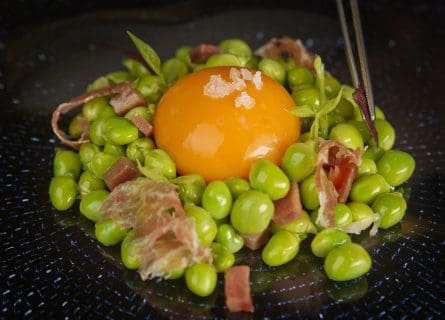
Guisantes a traditional dish with a creative twist at La Cocina de Ramón (see below) Ramón Gastronomy & Wine
Rioja has a long culinary tradition, and Logroño, in particular, is famed for its exceptional gastronomy and wholesome country fare. Chefs in the region tend not to favor fussy, over-complicated approaches to cooking; instead, the emphasis is on seasonal and local produce cooked traditionally. Highlights from the area include fresh fruit and produce from local market gardens, succulent lamb, and game from the region’s farms. In addition, of course, fresh seafood and fish from the Atlantic, supplemented by trout and other fresh-water fish from local rivers. You will probably see some of the following dishes on most menus:
- Lechazo Asado, which is roasted young, milk-fed lamb;
- Chuletas, lamb chops grilled over vine shoot embers;
- Bacalao a la Riojan, which is deliciously salted cod with red peppers;
- Patatas a la Riojanas is a fantastic stew of potato, chorizo (spicy paprika sausage), garlic, onion, and peppers.
The city has long been the center of the Riojan wine trade, and unsurprisingly, a staggering amount of red and white wines can be found in Logroños shops and restaurants. Today, traditional Rioja blends aged in American oak are supplanted by more modern, fruit-driven styles matured in French barrels. The critical grape is Tempranillo, which typically produces wine with cherry and red fruit aromas and can age for many decades. It can be light, elegant, aromatic or, deep, intense, and concentrated, depending on the style adopted by the Bodega. Much progress has also been made in the white and rose department, and modern-style white Riojas are now some of the best white wines produced in Spain today. The main grapes are Viura and Malvasia; look out for the whites of Finca Allende for a real treat.
Guide to Riojan Gastronomy: Read more
Nearby Wine Regions
-
 Explore the best of Rioja wine regions with our expert guide. Discover this iconic Spanish wine region's history, terroir, and top wineries. Plan your trip today! Read more
Explore the best of Rioja wine regions with our expert guide. Discover this iconic Spanish wine region's history, terroir, and top wineries. Plan your trip today! Read more -
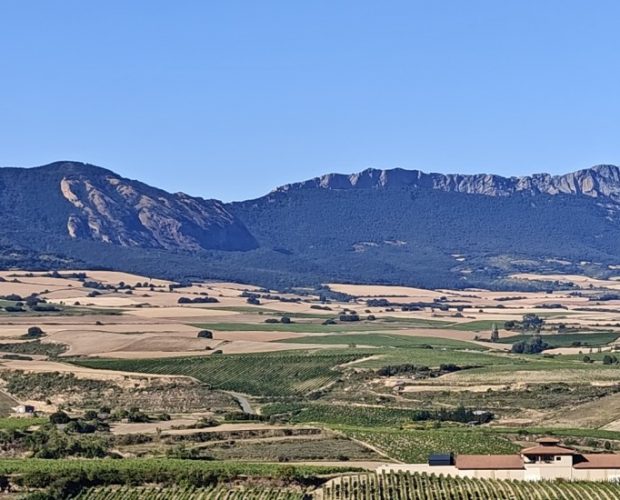 Experience the rich flavors of Rioja Alavesa wines. Explore its vineyards and wineries for a unique wine-tasting adventure. Plan your trip today! Read more
Experience the rich flavors of Rioja Alavesa wines. Explore its vineyards and wineries for a unique wine-tasting adventure. Plan your trip today! Read more -
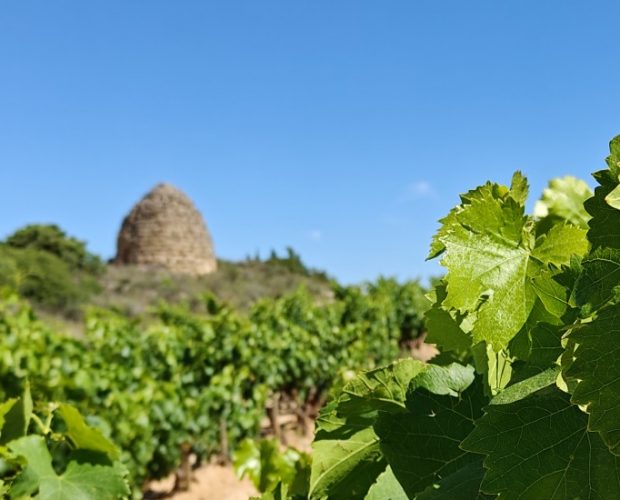 Explore the beautiful Rioja Alta wine region in northern Spain. Discover the best wineries, restaurants, and attractions in our comprehensive guide. Plan your trip today! Read more
Explore the beautiful Rioja Alta wine region in northern Spain. Discover the best wineries, restaurants, and attractions in our comprehensive guide. Plan your trip today! Read more -
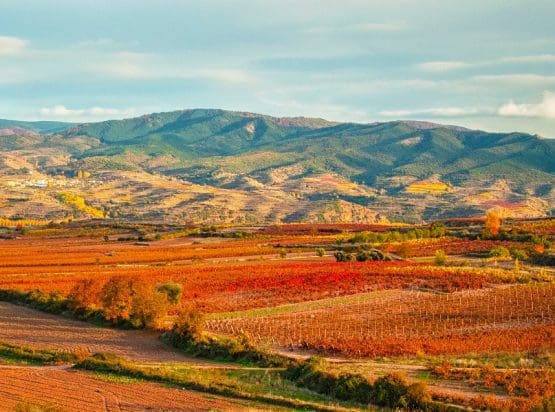 Explore Rioja Oriental, one of Spain's most historic and renowned wine regions. Discover the best wineries, and taste the finest wines. Plan your visit today. Read more
Explore Rioja Oriental, one of Spain's most historic and renowned wine regions. Discover the best wineries, and taste the finest wines. Plan your visit today. Read more
Highlights
-
La Cocina de Ramon
La Cocina de Ramón, a charming restaurant in Logroño’s old quarter, is the epitome of owner-chef Ramón Piñeiro’s deep passion for the culinary arts. This Michelin Bib Gourmand establishment’s warm and inviting atmosphere captures the essence of traditional home-style cooking, incorporating modern touches and constantly evolving flavors. Situated just a stone’s throw from the cathedral, the restaurant’s restored interior, adorned with exposed brickwork, sets the stage for a delightful dining experience. The menu showcases dishes influenced by market availability, focusing on the superb vegetables of the Rioja region. For an authentic taste of the region’s culinary treasures, La Cocina de Ramón is a must-visit destination.
-
Santa Maria de la Redonda Cathedral
This historic cathedral dominates the city’s skyline with its twin towers and facade in beautiful, dressed stone. Construction started in the 16th century, but it was not until 1762 that Santa Maria was completed. The interior is decorated with beautiful artwork, including one painting by Michelangelo, and the organ and choir are some of the finest in Spain.
Imperial Santa Maria de Palacio – Located on the principal thoroughfare of the Calle Mayor parallel to the river Ebro, this church is the oldest in Logroño and boasts an impressive pyramid Gothic spire. Construction began in the 12th century and was not finished until the 17th.
-
La Galeria
Rioja is well known for its exquisite roast meats and delicious hearty wine country fare. Sometimes though, after a few days in the Winelands, you need to break up these meals with something lighter and more innovative. La Galeria offers refreshingly creative cuisine with a more delicate touch. Chef José Felix Rodríguez has worked with some of Spain’s top chefs, including Arzak, Berasetegui, and Koldo Royo. His cooking is noted for its heavy use of fresh seasonal vegetables. Rioja is known as the vegetable basket of Spain, after all! In addition, sommelier and co-owner Rául Martinez makes magical wine pairings to accompany the tasting menus.
-
Tapas Crawl on Calle Laurel
Logroño’s historic old town is one of Spain’s liveliest and most inviting. It is transformed into a noisy meeting place at night, crammed with people seriously intent on enjoying themselves in true Riojan style. Over 50 excellent restaurants and tapas bars abound, and just next to the famous Calle Laurel street, the problem is choosing where to start! Bars and restaurants will typically serve young, fruity reds to accompany tapas, although an abundance of older vintages are also waiting to be enjoyed.
Casa Matute is great for inexpensive, brilliantly prepared classic Riojan tapas and home cooking. Cid is known for its grilled wild mushrooms. La Taberna Laurel brings in hoards for their patatas bravas. 1521 Wine Bar does a great pintxo with quail’s egg, chorizo, and red pepper on a toasted baguette. Taberna de Baco makes a lovely tapa of paté, goat’s cheese, green apple, and caramel. The best way to enjoy Logroño’s nightlife is to wander from bar to bar on Calle Laurel, ‘drinking in’ not only the wines and tapas but also the incredible atmosphere.
Recommended for you
More information
If you would like us to customize an exclusive luxury tour, contact us and let us know your travel plans. We offer luxury food and wine tours for private groups of a minimum two guests. In addition, all of our private, chauffeured tours are available year-round upon request.

